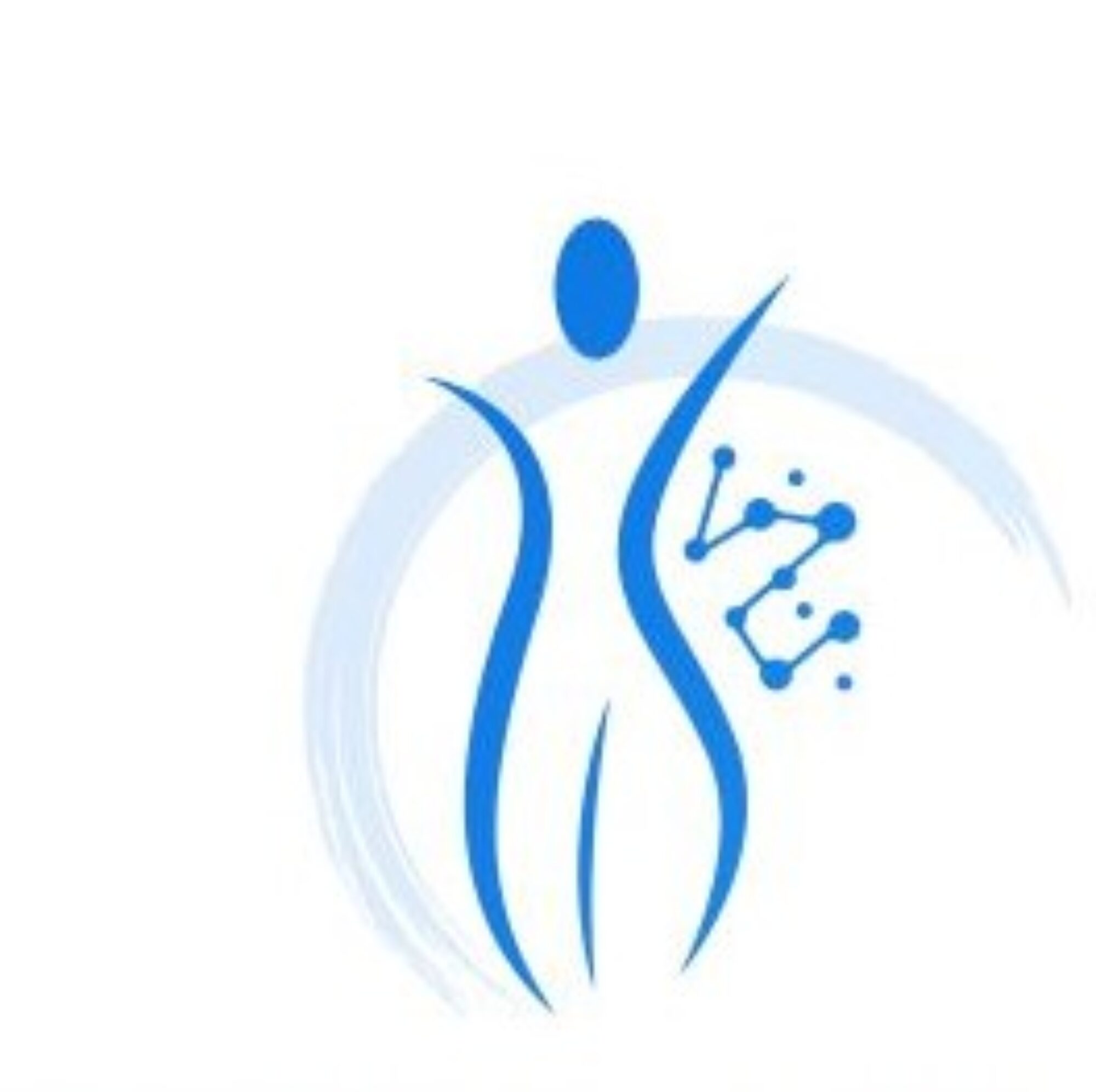The lymphatic system is your body’s “waste management” system, and lymph fluid helps remove waste and toxins from the body. Some health conditions can cause lymph fluid to build up. Lymphatic drainage massages can benefit people with lymphedema, fibromyalgia, and other conditions.

The lymphatic system does not possess a muscular pump, such as a heart; therefore, there are three main ways to jumpstart it:
- Movement
- Deep yoga or belly breathing
- Massage
You Got to Move It
I’ve written before about the importance of moving after a massage, but moving, in general, is actually important for your health. Some of my clients set their watches or phones to go off, reminding them to stand, stretch, and move. Consider ways you can incorporate more movement into your day. For example, go for a ten-minute walk between meetings or after finishing a task. You can park in the space farthest from the grocery store, thus increasing the length of your walk. Skip the elevator and choose the stairs.
Breathe Deep
Do you hear strains of The Moody Blues and their song, Nights in White Satin? “Breathe deep in the gathering gloom/watch lights fade from every room.”
Seriously, breathing is something most of us take for granted. We do it without even thinking. The problem is that we’ve learned to live by breathing shallowly. Take a moment right now and feel where you’re breathing. I’ll bet it’s into your sternum area. Breathing into this space indicates stress (did you know that?)
Now, I want to you take three slow, deep breaths into your belly—actually feel it expand (you can put your hand on your tummy to feel the difference). Do you feel the immediate relaxing of your shoulder blades? It’s amazing what taking three deep breaths can do to improve your health and mindset. What this video on how to utilize your breath effectively.
The Space Between
Cue Dave Matthews and picture this: a teeny tiny cleaning person scrubbing the spaces between your cells and blood vessels. This space, called interstitial space (oooh! I’m geeking out!), must be kept clean of debris to ensure healthy cells, proper blood flow, and lymphatic drainage. Massage is THE teeny tiny little cleaner!
Lymphatic massage is often utilized when your body is collecting waste and removing it too slowly. Having this type of gentle massage results in the swifter movement of lymph fluid through the body’s lymphatic system.
Ready to Give Your Lymphatic System a Work-out?
I’m ready when you are! Book now or purchase a MiraclePass to optimize your massage experience.












